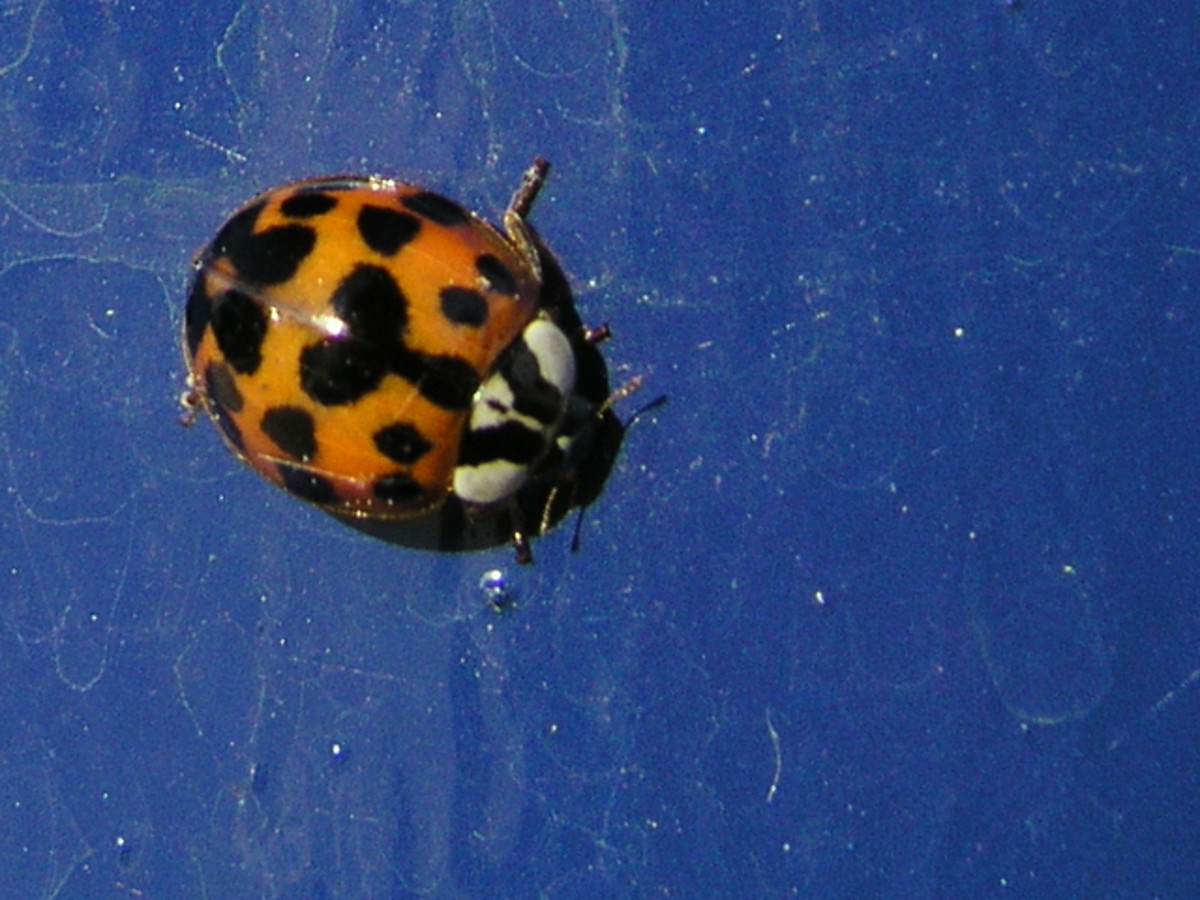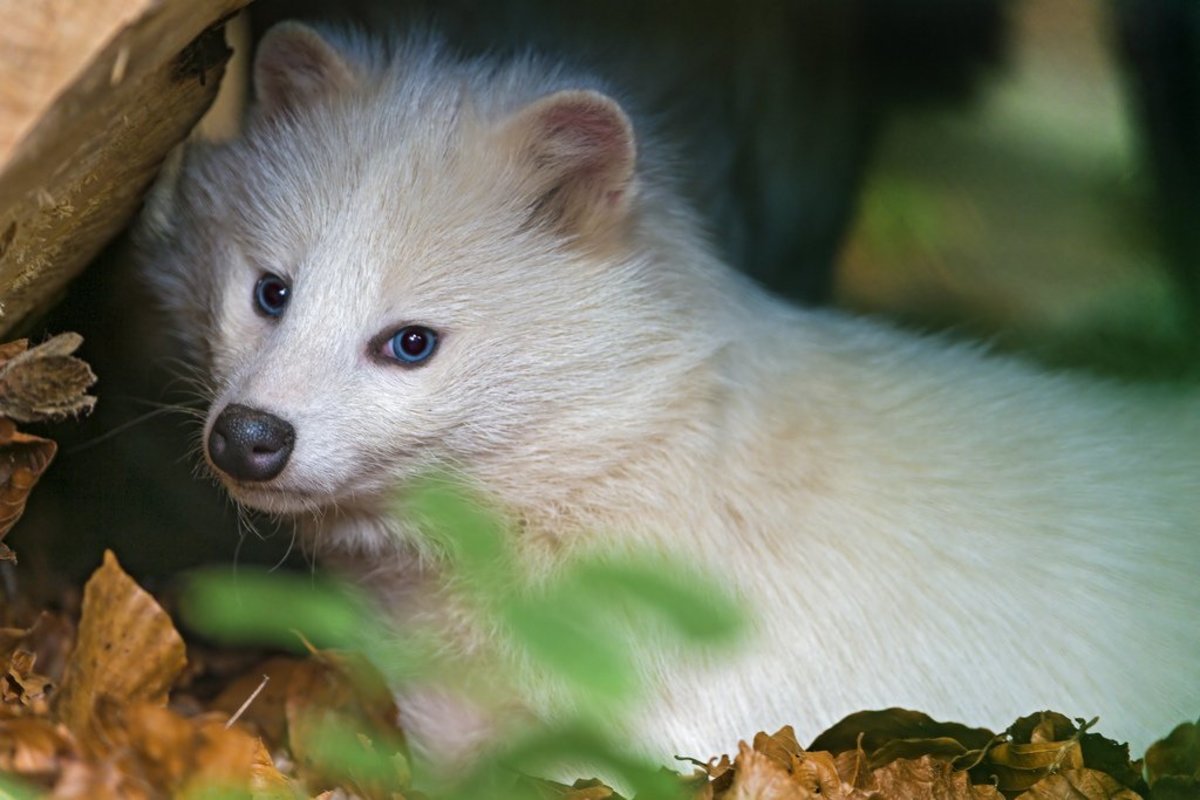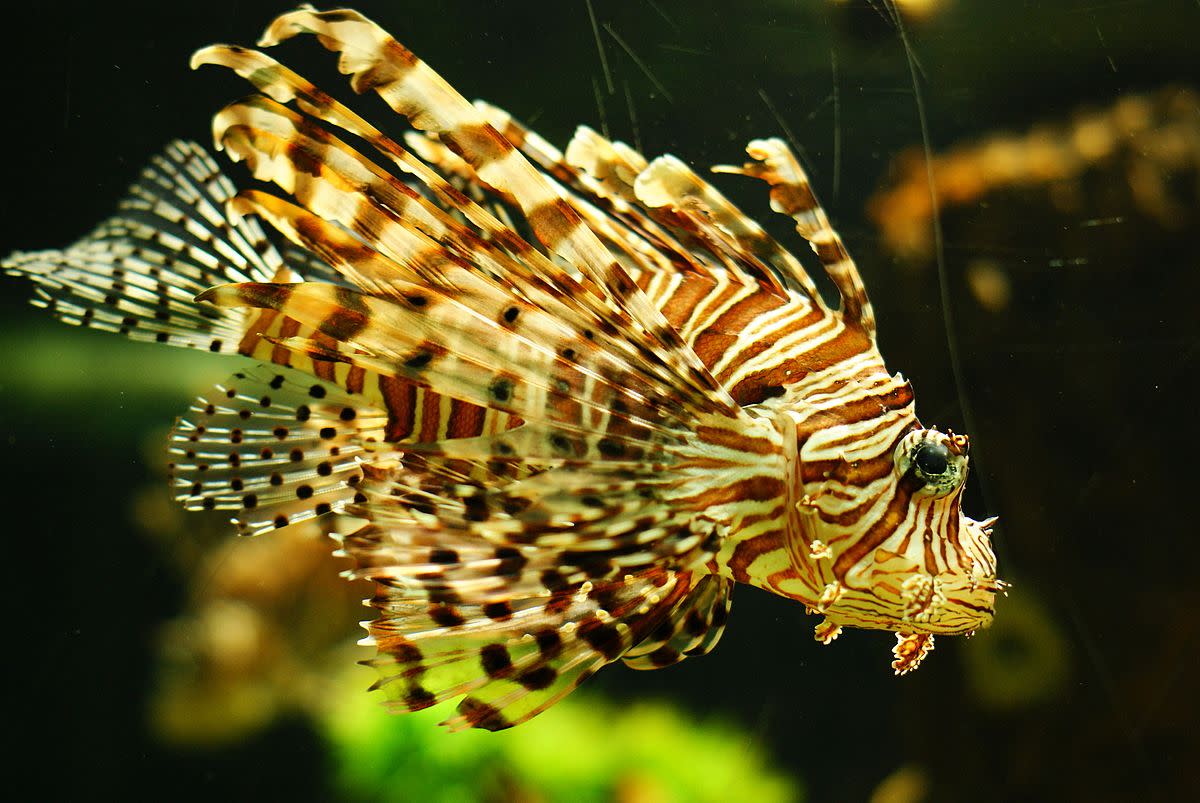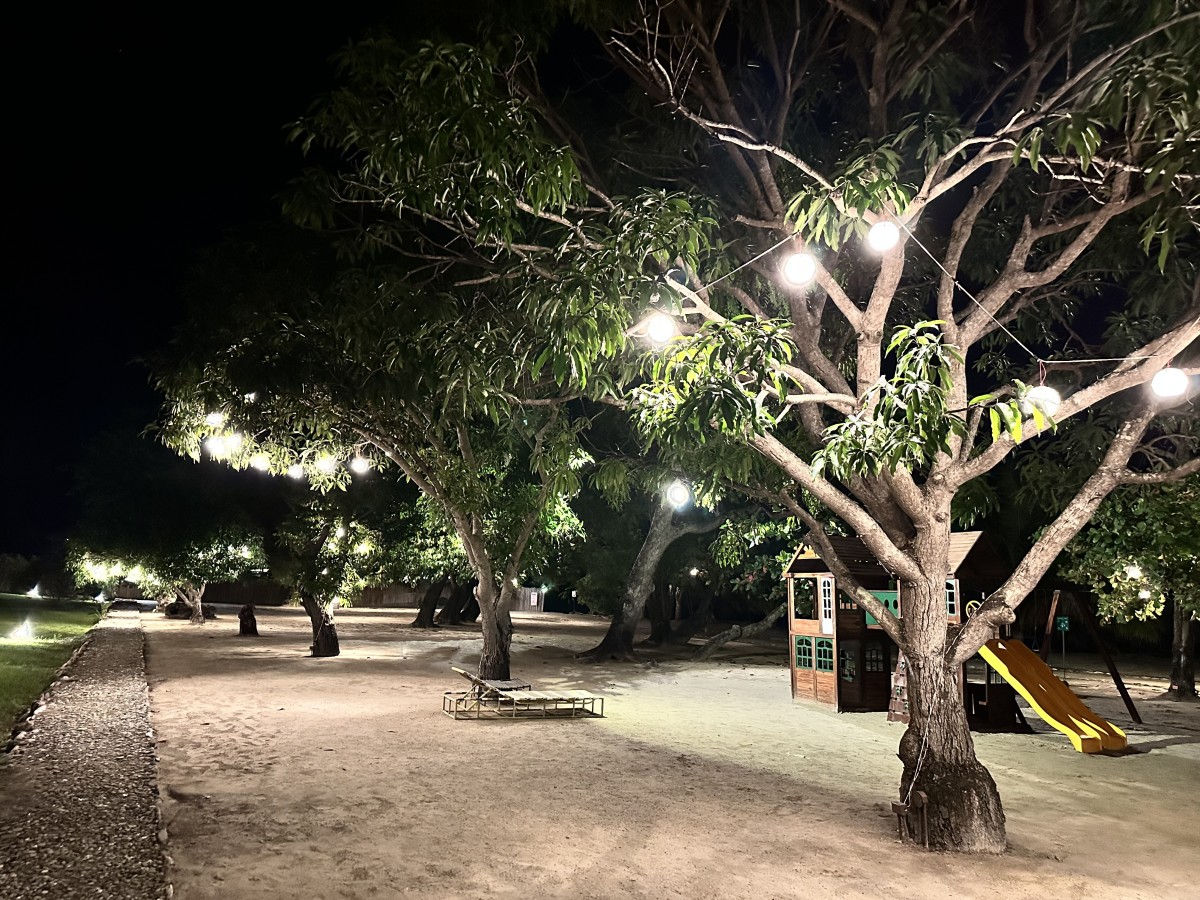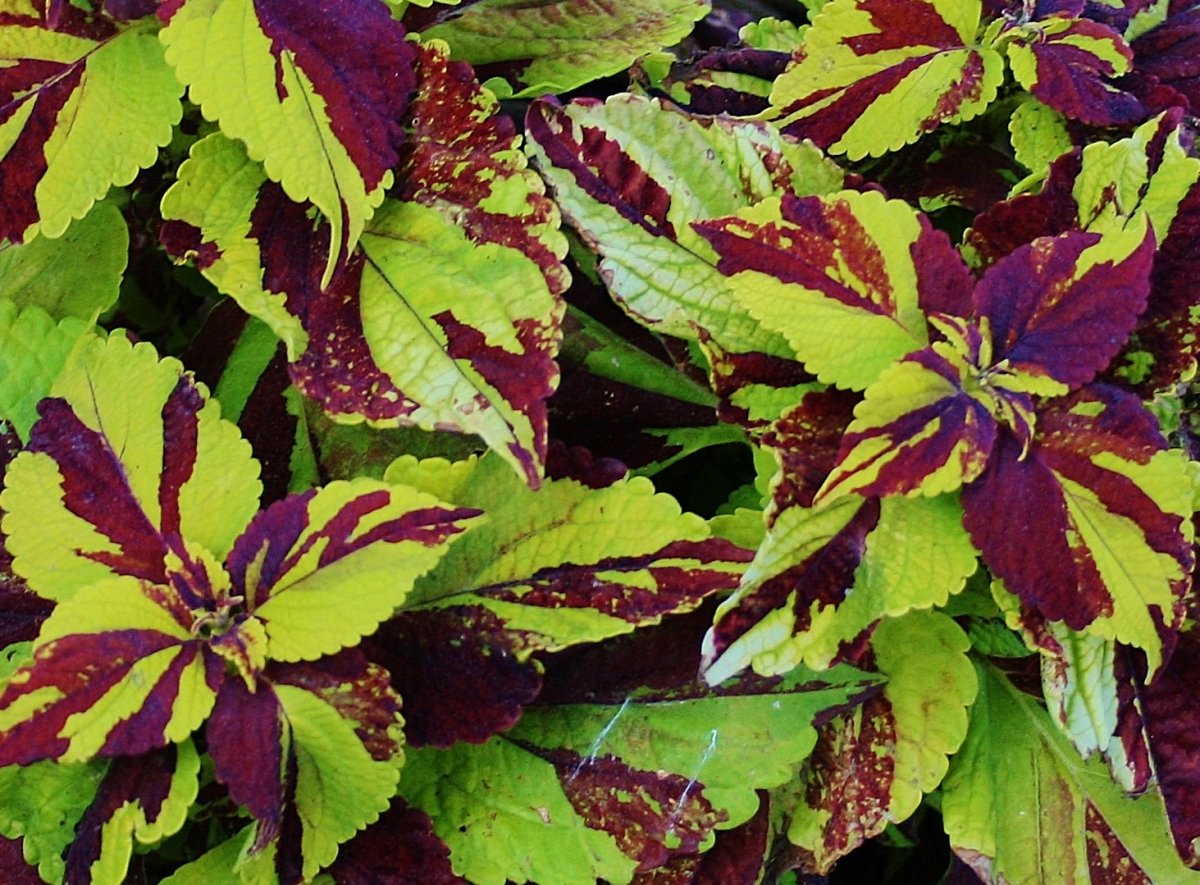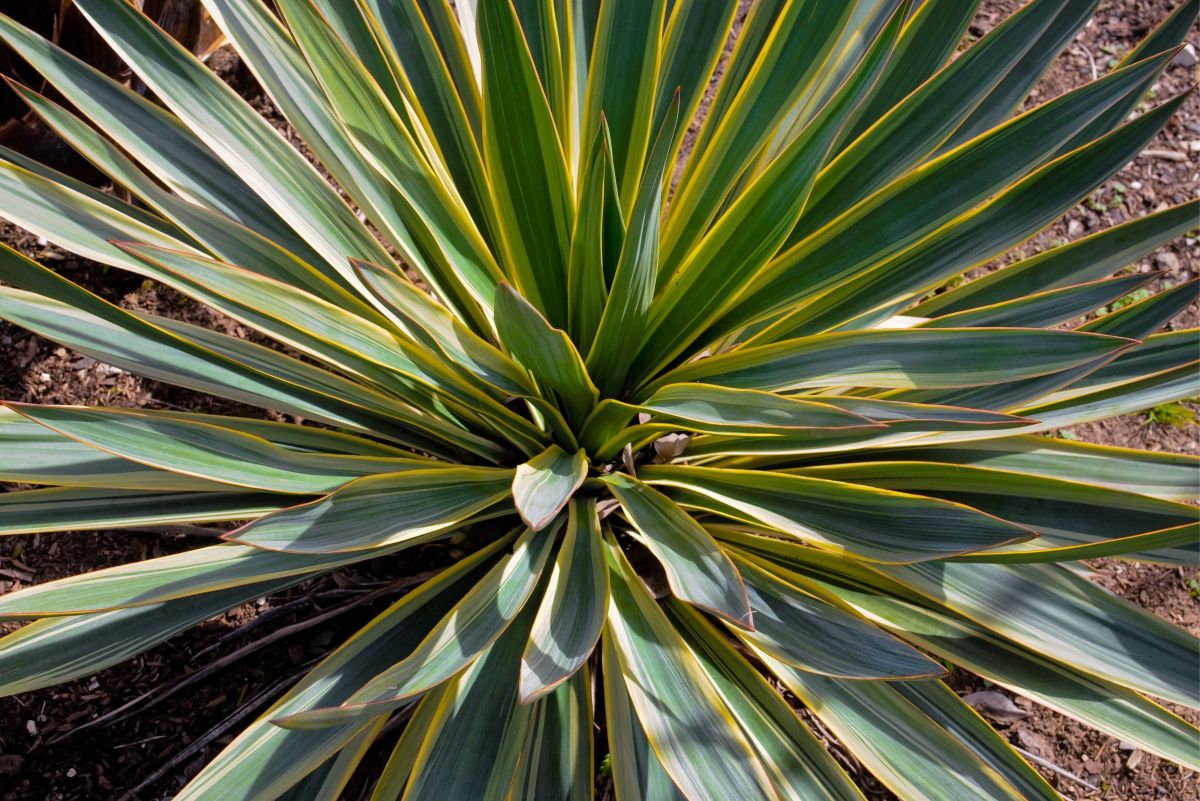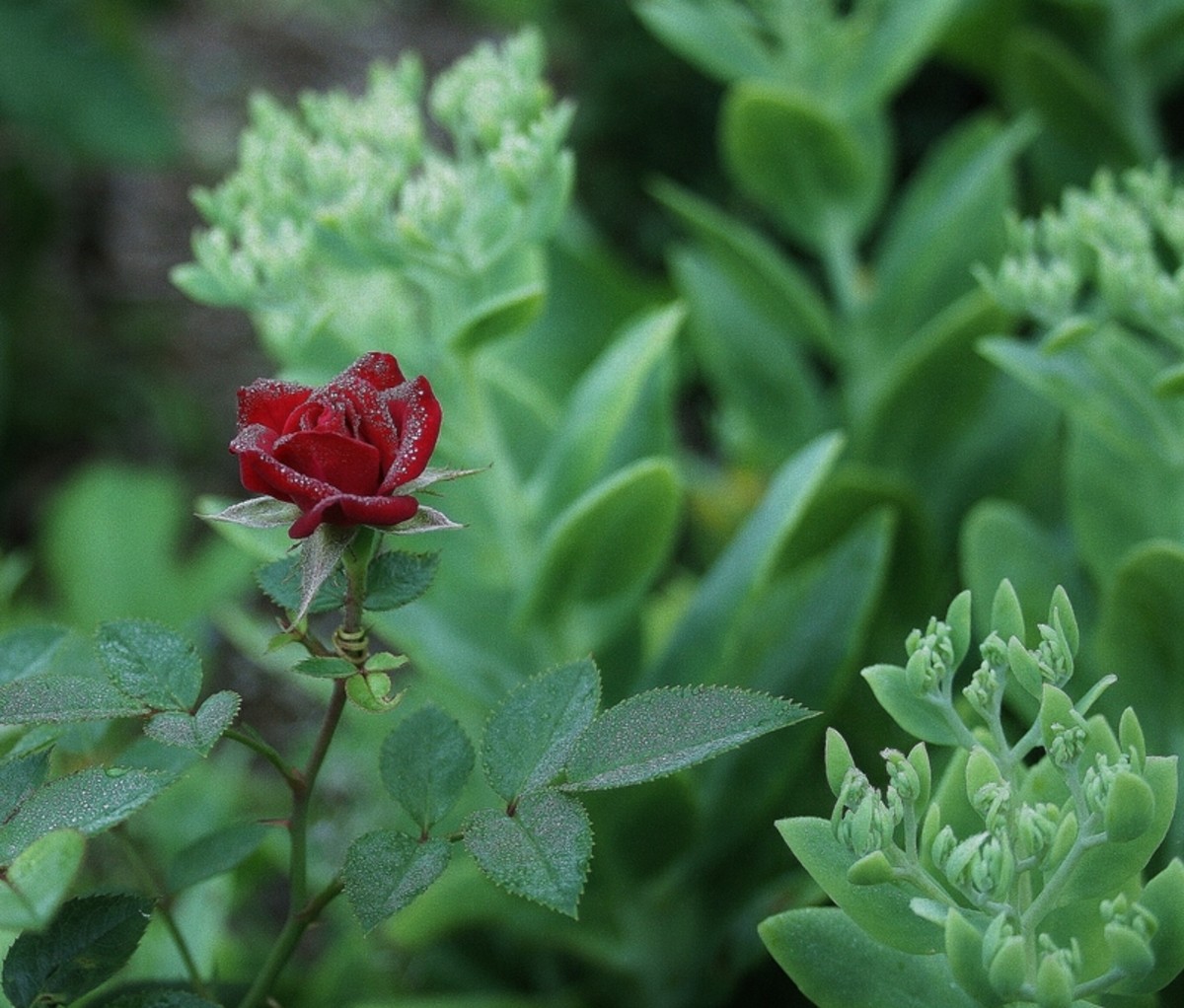Plant Native Vines Instead of Invasive Species Vines: A List of Both Types
One of the most commonly grown vines in the United States is the English Ivy. As the name indicates, it is not native to the U.S. and is an invasive species. In fact, the English Ivy has affected all levels of forested regions, according to the National Park Services.
What is an Invasive or Non Invasive Species?
The U.S. government defines an invasive species as one not native to the ecosystem where planting is being considered. Additionally, introducing such a species causes, or is likely to cause harm that is both economic and environmental, and is also harmful to human health.
On the other hand, a native species is naturally occurring in a particular ecosystem. In this case the vine originated there without benefit of human assistance.
It's important to remember that plants growing in one part of the U.S. may be considered invasive in another area. Different regions are at different elevations, have different soil types and different weather patterns.
How Did These Invasive Vines Get Here?
Various invasive species, such as vines, trees, shrubs, plants and grasses were brought here intentionally, according to the Brooklyn Botanic Garden. In fact almost half of the most damaging invasive plants degrading our natural habitats were brought to these shores intentionally for horticultural purposes. Many vines are still being sold for erosion control.
After building highways and roads, the highway departments intentionally planted invasive species in order to establish fast-growing ground covers, especially on sloping areas.
Do They Cause Damage?
Yes, and a classic example is the popular English Ivy - that ivy you see very prettily covering many college buildings and which can dislodge the brickwork. Additionally, the vine is known to twine its way up a tree and destroy it.
Further, when an invasive species is planted in a new ecosystem, they may displace native plants by growing faster and disrupting the nutrient cycle. Invasive species also have a devastating effect on foods that feed native animals.
Damage caused by invasive plants total approximately $120 billion dollars annually. Also, nearly 42 percent of the species on the U.S. List of Endangered and Threatened Species are listed there because of nonnative species. (See link below about how animals wind up on the endangered species list).
Invasive vines are difficult to control and once they get a foothold they are hard to eliminate. Avoiding them is the best solution.
(See the link below for more information about the English Ivy if you are thinking about adding it to your landscape).
How Can You Tell if an Ivy is Not Native?
Sometimes the name will tell you - such as in the case of the English Ivy. Vines that are noninvasive and invasive are listed below.
List of Native Noninvasive Vines:
American Bittersweet
American Climbing Fern
American Wisteria
Virginia Creeper
Allegheny Spurge
Carolina Jessamine
Rock Clematis
Railroad Vine
Scarlet Honeysuckle
Shrub Yellowroot
Trumpet Vine
Pepper Vine
Longleaf Mahonia
Salal
There are many more vines. Be sure to check which are native to your area.
Avoid These Invasive Vines:
English Ivy
Japanese Honeysuckle
Japanese Climbing Fern
Japanese Wisteria
Chinese Wisteria
Oriental Bittersweet
Porcelain Berry
Jasmine
Wood Rose
For information about native species and more see the links below:
Plant Native Trees - A List
- Plant Native Trees Instead of Invasive Species: A Li...
My lovely New York City street is filled with towering trees. But unlike the easily identifiable oak and catalpa of my youth, many of these trees do not belong here in the U.S. They are an invasive species. Choosing to plant only native species has..
About the English Ivy
- Growing English Ivy: Some Warnings
Growing non-native plants can be, not only more difficult to grow, but can do serious damage to the environment (see link below about the Meyer lemon tree). English Ivy has been grown and used in so many...

